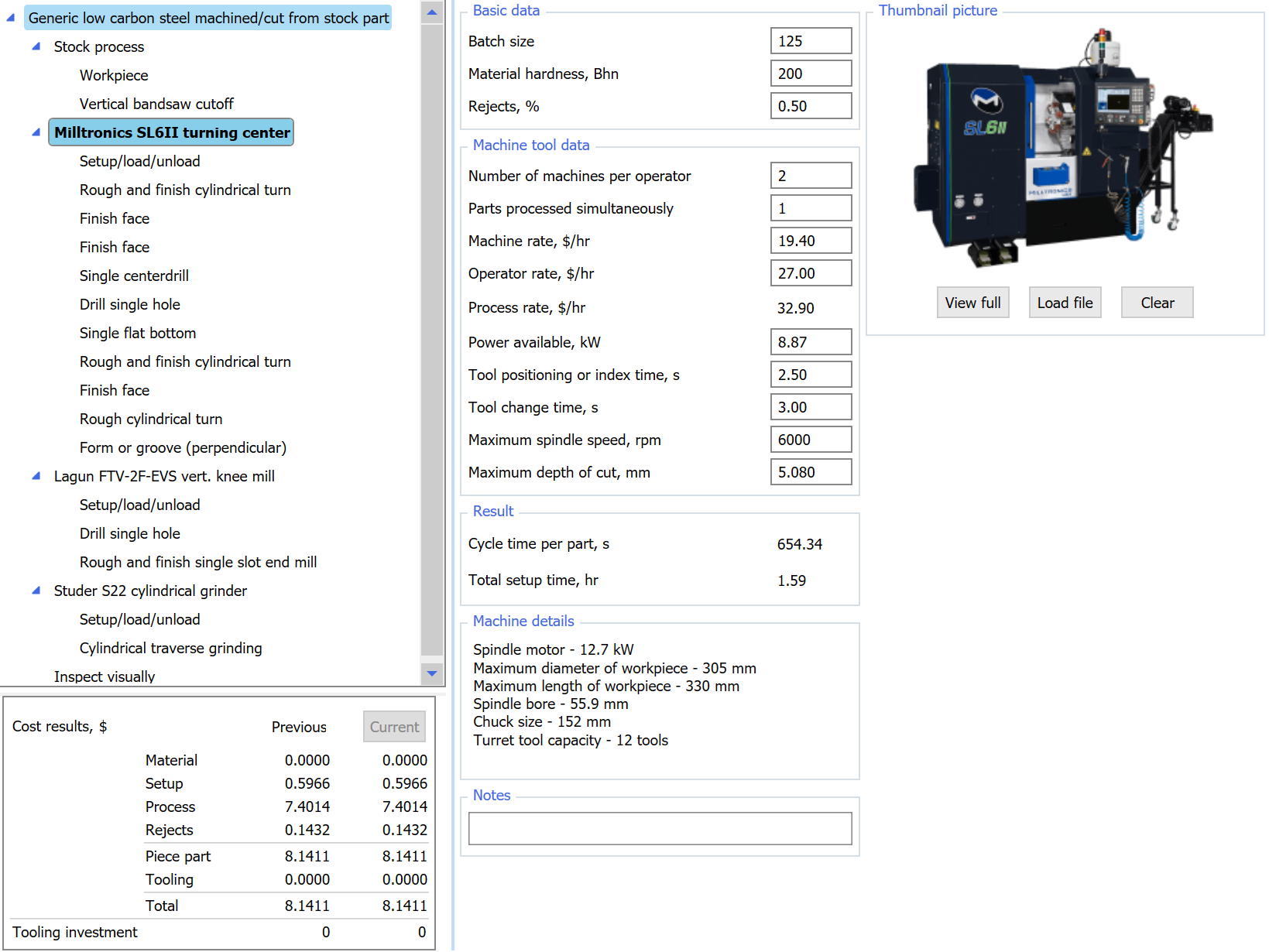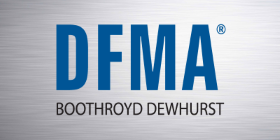Design for Manufacturing (DFM)
What is Design for Manufacturing?
Design for Manufacturing (DFM) shapes parts and products so they are feasible to make and cost-effective to produce. Applying DFM early exposes manufacturability risks and cost drivers—so teams can iterate when changes are inexpensive and impact is highest.
- Hit design-to-cost targets with transparent trade-offs
- Prevent late rework by catching manufacturability risks early
- Reduce cycle time, setups, and secondary operations
- Standardize materials/features to simplify supply and quality
- Align engineering, manufacturing, and sourcing on one cost model
Design for Manufacturing Principles
- Simplify geometry to reduce passes, setups, and tooling complexity.
- Standardize materials, features, fasteners, and finishes.
- Design to the process (draft for molding, bend radii for sheet metal, fillets for casting flow).
- Relax tolerances where function allows; avoid tight finish over large areas.
- Minimize secondary ops via early trade-offs and feature choices.
- Pair with DFA to reduce part count and assembly labor.
Design for Manufacturing Example (Micro-Case)
Part: Aluminum bracket (milled)
Change: Increase internal corner radius from 1 mm → 3 mm; add 1° draft to deep pocket; loosen surface finish on non-mating face.
Modeled impact (example):
- Tool passes ↓ (fewer small-tool paths), cycle time ↓ ~12–18%
- Tool wear ↓; finish op dropped on one face
- Estimated piece-part cost ↓ ~9–14% at 10k/yr volume
Note: Illustrative example—actual results vary by geometry, process, rates, and volumes.

Manufacturing Processes Covered
- Machining (milling, turning, drilling, grinding)
- Sheet metal (laser/punch, press brake, stamping)
- Injection molding (plastics & metals)
- Metal casting (die, sand, investment, permanent mold, gravity, pressure)
- Forging & Powdered metallurgy
- Extrusion (metal & plastic)
- Welding & joining (manual & robotic)
- PCB fabrication & assembly
- Manual & automatic assembly
DFM vs. DFA vs. DFMA®
| Discipline | Primary focus | Typical questions | Outcome |
|---|---|---|---|
| DFM | Part-level feasibility & cost | Which process & parameters minimize piece-part cost while meeting spec? | Optimized geometry, tolerances, materials, routings |
| DFA | Assembly structure & labor | What parts can be eliminated or combined to cut handling/fastening? | Lower part count, faster builds, fewer fasteners |
| DFMA® | Total product cost | What architecture and part designs minimize total cost? | System-level savings that avoid local optimizations |
See also: Design for Manufacturing software and Design for Assembly (DFA).
How to Implement Design for Manufacturing (DFM)
- Start with intent. Define function, risk, loads, volumes, and target cost.
- Screen processes. Compare machining, sheet metal, molding, casting, etc.
- Parameterize. Materials, wall thickness, draft, radii, finishes, tolerances.
- Expose cost drivers. Cycle time, setup, tooling, scrap, secondary ops, overhead.
- Iterate to target. Adjust geometry/spec to hit design-to-cost without sacrificing function.
- Close with DFA. Reduce parts and handling to capture system-level savings.
Global Manufacturing Profiles
Compare the same design across countries and processes to understand how labor, overhead, tooling, and cycle times shift cost structure—supporting sourcing, reshoring, and supplier diversification decisions.
Request a walkthrough See DFMA® platformDesign for Manufacturing: FAQ
When should we start applying DFM?
During concept and embodiment design—when changes are fast and inexpensive. You influence most lifecycle cost before drawings are released.
Does Design for Manufacturing replace supplier quotes?
No. DFM accelerates iterations and makes supplier conversations more productive by revealing the why behind the number before RFQs.
What’s the best way to combine DFM and DFA?
Run DFM on cost-critical parts, then run DFA to eliminate parts and reduce assembly labor. DFMA® aligns both to minimize total cost.
Where can I learn more?
See DFM Concurrent Costing, DFA, and our customer stories.
Ready to Design Cost Out?
See how DFMA® makes manufacturability transparent and cost trade-offs obvious—before release.
Contact Us



